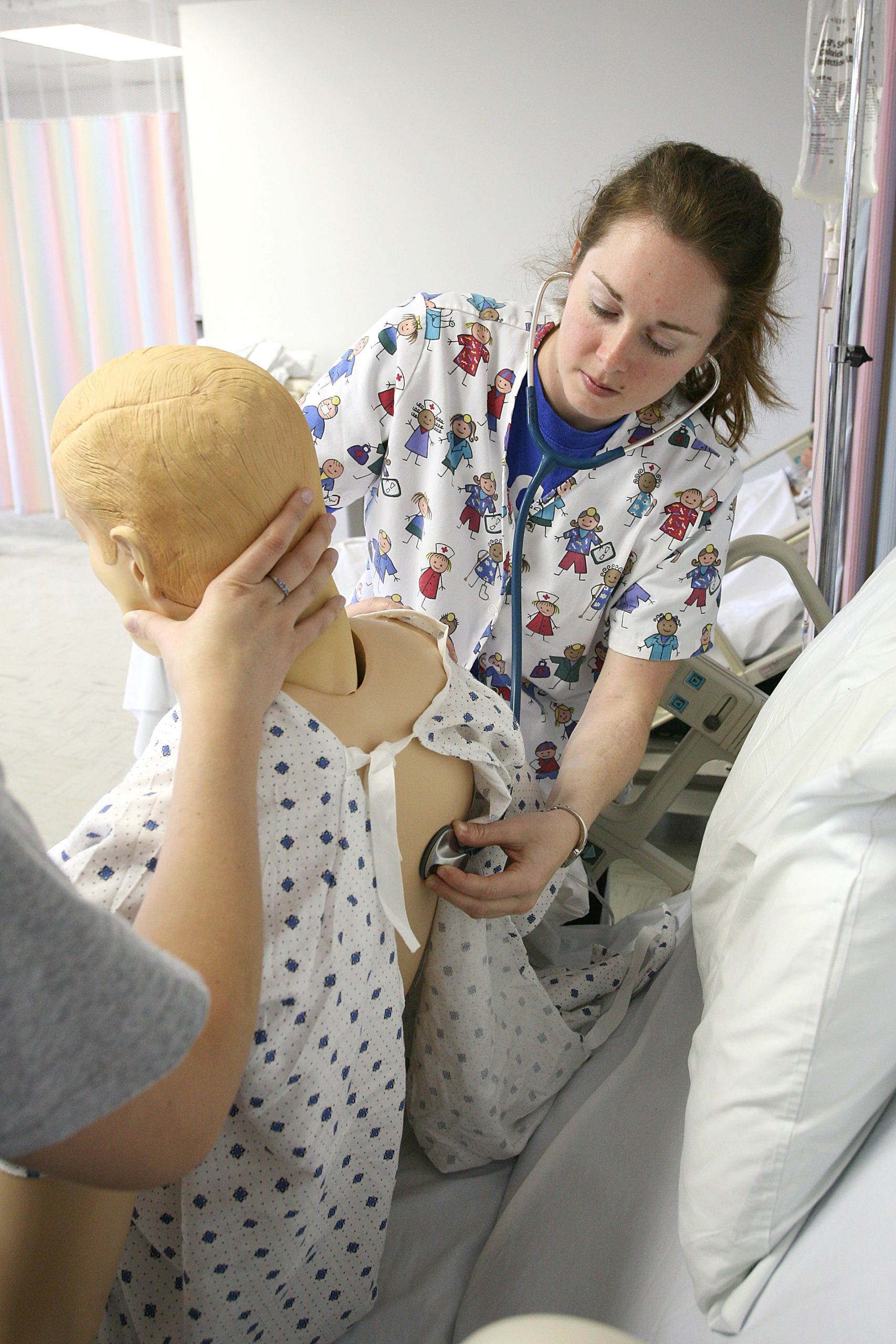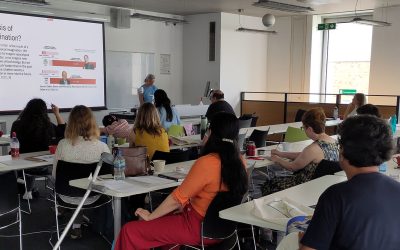This Special Issue published in February 2019 expands mobilities research through the idea of therapeutic mobilities. Therapeutic mobilities consist of multiple movements of health-related things and beings, including, though not limited to, nurses, doctors, patients, narratives, information, gifts and pharmaceuticals. These beings and things are made mobile through the work of multiple assemblages (including states, markets, non-markets) creating an infrastructure with the potential to unfold, develop and or expand the therapeutic capacities of these inputs. Mobility can enhance, magnify, distort or intensify the therapeutic effects and powers of these inputs in motion. Mobility thus transforms the practice and product that is being moved.
When plants are uprooted in remote Laotian forests, packaged, shipped and sold at farmers’ markets in the U.S. (Bochaton), when aspirational young people in the Philippines and India leave their homes to be trained as nurses to care for patients in the West (Thompson; Walton-Roberts), when distressed patients extend their quest for effective therapies – often with the help of intermediaries/facilitators/brokers (Hartmann) – to overseas destinations such as fertility clinics in Mexico (Schurr), cancer wards in India (Kaspar) or corporate hospitals in Malaysia (Chee, Whittaker, and Por), they all become productive of the emerging ‘economies of vitality’—as life itself is made amenable to the new economic space of the ‘bioeconomy’ (Rose 2007). We interpret these as different examples of what we call therapeutic mobilities.
Asymmetrical therapeutic mobilities: Masculine advantage in nurse migration from India.
Margaret Walton-Roberts, Wilfrid Laurier University
Abstract: This paper examines masculinity, migration and the changing occupational status of nursing through the lens of therapeutic mobilities; health related mobilities of people (nurses) and products (credentials). Indian men have become increasingly interested in nursing as a career, and this interest is strongly associated with the profession’s international motility-its mobility potential. The research reported in this paper traces the migration trajectory across time (2008-2016) and over space (India to Canada) and reveals an overrepresentation of male nurses in international migration contexts (Canada), compared to the Indian context. Male nurses also disproportionally benefit from these mobilities in terms of their occupational success post-migration. Mobilities can be therapeutic for the status of nursing in India, which rises in line with the degree of international motility the profession offers, but gendered distinctions in the outcomes of the migration process illustrate the importance of highlighting uneven mobilities. International mobilities are also deeply implicated in ongoing transformations occurring in the ‘moorings’ of nursing educational, employment and regulatory structures in India.
Keywords: male nurses; occupational mobility; migration; India; Canada
The global migration of Filipino nurses has received significant attention, yet little is known of these healthcare workers’ experiences and mobilities within the Philippines. I explore the experiences and narratives of Filipino nurses living in Manila, some of whom have no desires to migrate. I uncover the often novel forms of therapeutic mobilities undertaken by these nurses, focusing on call centre nursing and entrepreneurship as key alternative career pathways within the realms of ‘therapeutics’. Through interrogating the various mobilities undertaken by nurses – physical mobilities and migration, socioeconomic mobilities and occupational mobilities in the form of a career change – it becomes clear that international physical mobility is no longer key. Nevertheless, Filipino nurses continue to provide care in global contexts in novel ‘therapeutic’ industries and doing so allows them to increase their socioeconomic mobility.
Intertwined therapeutic mobilities: knowledge, plants, healers on the move between Laos and the U.S.
We investigate the notion of therapeutic mobilities through the case study of transnational health care practices and medicinal flows within the Hmong diaspora between Laos and the U.S. Drawing upon narratives of traditional healers, pickers, and plant sellers, as well as a collection of postal registers, we highlight how therapeutic mobilities follow the routes of migration and organize the practices of healing among Hmong in receiving countries, particularly in the U.S. Through the different and multidirectional aspects of therapeutic mobilities, we illustrate how transnational healing touches upon questions of cultural identity within the Hmong diaspora. Therapeutic mobilities not only involve border-crossing, they also strengthen existing bonds within the Hmong diaspora. Similarly, herbal treatments not only achieve a therapeutic function, they also represent a range of meanings and values for patients. We explore the fabric of therapeutic mobilities through the prism of translocality and medical pluralism.
Mobilising patients towards transnational healthcare markets – insights into the mobilising work of medical travel facilitators in Delhi
ABSTRACT
We investigate international medical travel between Indonesia and Malaysia through the conceptual lens of sociality, transnational social space and therapeutic mobilities. Drawing upon narratives of local persons, medical traveller-patients, accompanying family members, hospital staff and medical travel facilitators, we illustrate how multifaceted linkages and processes generate and sustain the flow of patients across the border. In these narratives, we see multiple mobilities articulate and cross-cut in the building of transnational connections. This paper stretches the concept of transnational social space to apply to medical travel and contributes to the literature framing of international medical travel as a complex and multifaceted arena.
Multiple mobilities in Mexico’s fertility industry
Published online: 29 Oct 2018
How can we conceptualize travel in search of fertility treatment? While current research on transnational reproduction mostly conceptualizes mobility as horizontal movement from A to B, this article shows how horizontal mobilities converge, contradict, and are interdependent with other forms of mobility; namely vertical mobilities in terms of social upward and downward mobility, representational mobilities in form of imaginative geographies, and the actual embodied experiences of mobility. Based on ethnographic research on the reproductive tourism industry in Mexico, the article explores the multiplicity of mobilities that constitute transnational reproduction. The article evaluates how the concept of multiple mobilities contributes to the study of medical tourism from a critical mobilities’ perspective.
Searching for therapies, seeking for hope: transnational cancer care in Asia
Published online: 29 Oct 2018
Abstract
This paper is about transnational cancer care in Asia. People with terminal diseases such as cancer increasingly escape devastating prognosis of their local regimes of clinical diagnostic truth by traveling to destinations where medicine is more advanced, yet affordable for them, and hence offers a broader scope for hope. The paper suggests that transnational cancer care provides an instructive case of the enormous geographical disparities in the availability of therapies and how this, combined with economies of hope and the marketization of health care, affects patients and their family caregivers. The primary contribution of the paper is the introduction of the concept of relational subjectivities to the health mobilities literature. The findings presented proof that the concept provides a fruitful analytical lens, yielding not only fresh empirical insights but prompting re-conceptualizations of medical travel itself as hopeful, yet risky transnational acts of family care.
Visit Taylor and Francis online to view more Mobilities issues and articles.
Healthcare image source: rawpixel.com
Image source: https://unsplash.com/photos/Pd4lRfKo16U
Cover image by University of Misouri System. Used under a CC BY-NC 2.0 license




